Learn more about the history of IU School of Medicine–West Lafayette and its leaders’ vision for the regional campus to continue growing its collaborative research and educational opportunities with Purdue University.
Laura Gates Feb 17, 2022
IU School of Medicine-West Lafayette
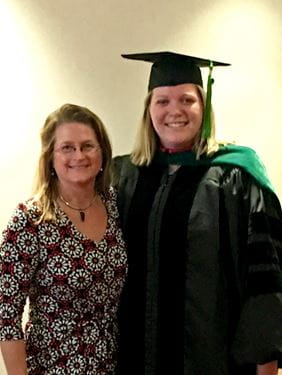 Sherron’s story is a testament to the success of the statewide system of medical education officially launched by an act of the Indiana state legislature in 1971. The idea was to train new physicians throughout the state in hopes they would return to those regions to practice medicine.
Sherron’s story is a testament to the success of the statewide system of medical education officially launched by an act of the Indiana state legislature in 1971. The idea was to train new physicians throughout the state in hopes they would return to those regions to practice medicine.
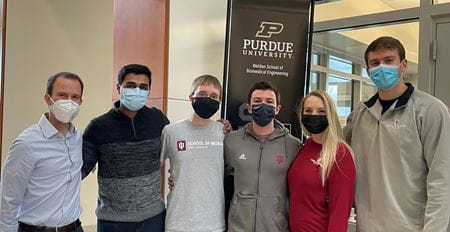 Medical students who want to go deeper can pursue a combined degree, including the MD/PhD—adding a Purdue PhD in biomedical engineering to their IU medical degree. Also, currently in the works, is a new five-year MD/MS degree program. Students who enter this track would take time off between their second and third years of medical school to do a 12-month master’s program with Purdue’s Weldon School of Biomedical Engineering.
Medical students who want to go deeper can pursue a combined degree, including the MD/PhD—adding a Purdue PhD in biomedical engineering to their IU medical degree. Also, currently in the works, is a new five-year MD/MS degree program. Students who enter this track would take time off between their second and third years of medical school to do a 12-month master’s program with Purdue’s Weldon School of Biomedical Engineering.
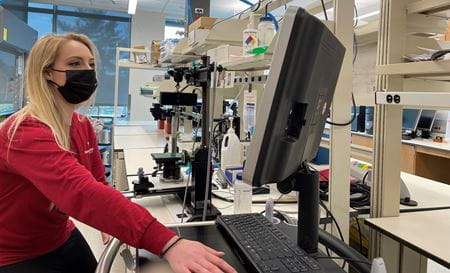 “It’s nice to feel like I am contributing something that is valuable to the scientific community as a medical student,” Clark said. “I wouldn’t have had the opportunity to pursue biomedical engineering as far as I wanted to on another campus.”
“It’s nice to feel like I am contributing something that is valuable to the scientific community as a medical student,” Clark said. “I wouldn’t have had the opportunity to pursue biomedical engineering as far as I wanted to on another campus.”
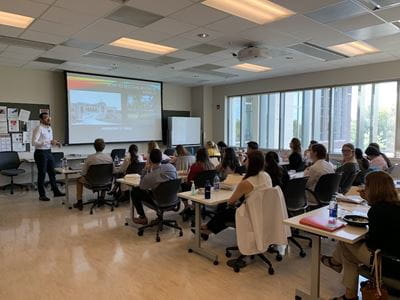 “There are still many barriers to accessing health care—not just lack of insurance and lack of transportation, but there’s also a cultural divide,” said Cecilia Tenorio, MA, who co-directs the Care of Hispanic/Latino Patients Scholarly Concentration program at IU School of Medicine. “In our program, the goal for our students is to become more culturally savvy and aware so we can bridge that gap, and they can communicate better with the Hispanic population. The result will be better health care.”
“There are still many barriers to accessing health care—not just lack of insurance and lack of transportation, but there’s also a cultural divide,” said Cecilia Tenorio, MA, who co-directs the Care of Hispanic/Latino Patients Scholarly Concentration program at IU School of Medicine. “In our program, the goal for our students is to become more culturally savvy and aware so we can bridge that gap, and they can communicate better with the Hispanic population. The result will be better health care.”
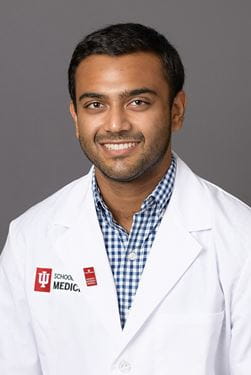 “Just speaking to them in Spanish made them a whole lot more comfortable and brought a smile to their face,” he observed.
“Just speaking to them in Spanish made them a whole lot more comfortable and brought a smile to their face,” he observed.
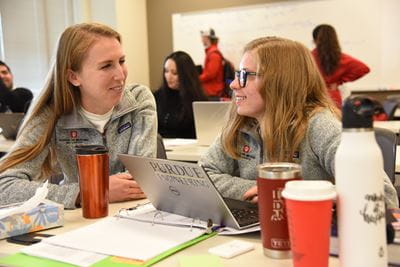 Now he’s part of a student-led effort to start up a community outreach clinic. In all of these efforts, his Spanish skills and cultural awareness come in handy.
Now he’s part of a student-led effort to start up a community outreach clinic. In all of these efforts, his Spanish skills and cultural awareness come in handy.
Video
Supportive classmates and faculty at IU School of Medicine-West Lafayette make it a unique environment for medical students.
Learn more about the history of IU School of Medicine–West Lafayette and its leaders’ vision for the regional campus to continue growing its collaborative research and educational opportunities with Purdue University.
Despite their early differences, IU and Purdue have been partners in medical education since the 1960s. The relationship has produced hundreds of new physicians over the last 50 years.
As senior writer for the Indiana University School of Medicine, Laura tells the stories of the people behind innovative scientific discoveries, compassionate care initiatives and statewide excellence in medical education. She is an experienced journalist who enjoys travel and photography and is always eager to learn something new.